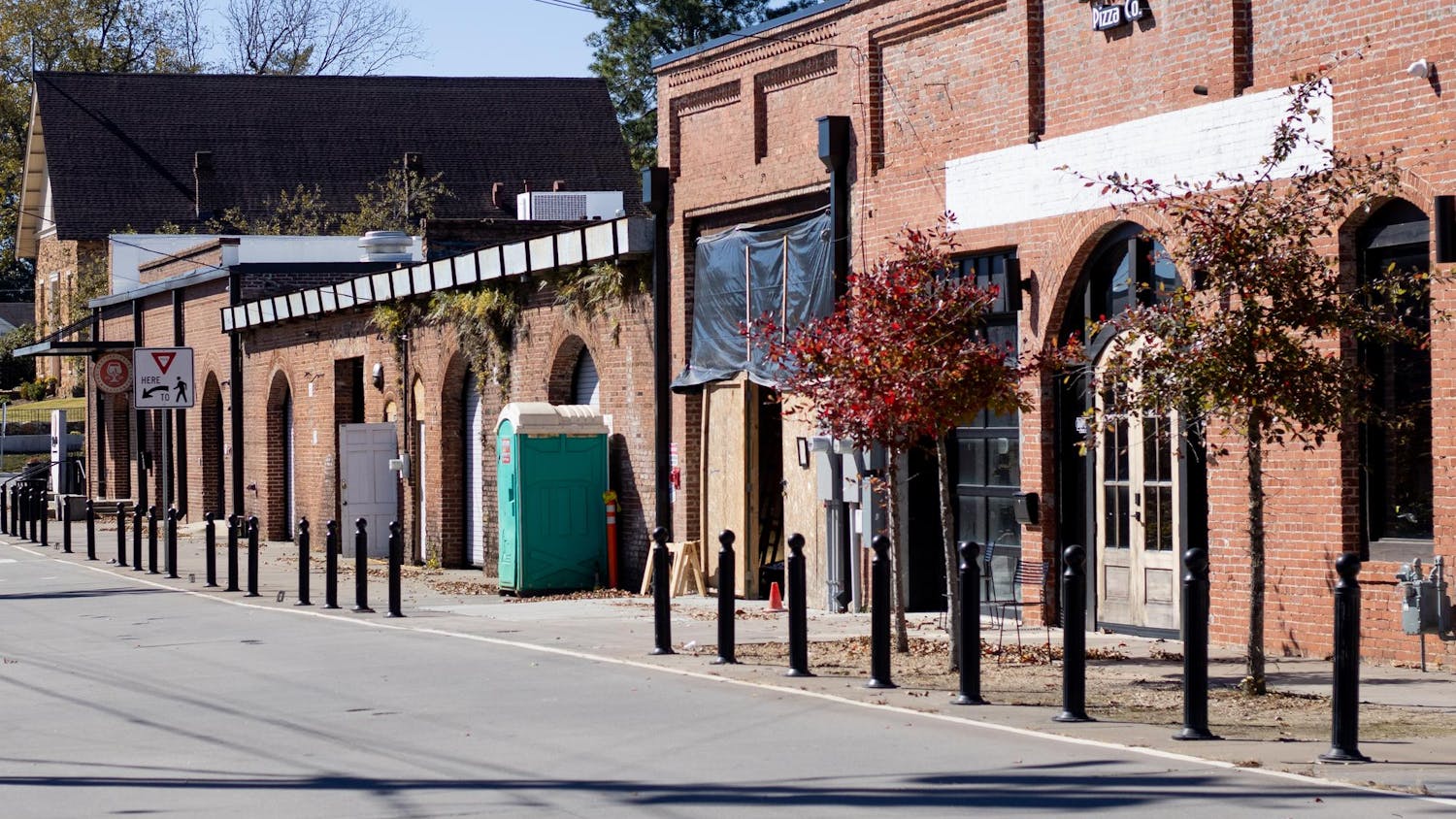Equal Justice Initiative's Peace and Justice Opening Week on April 25-27 included the first Peace and Justice Summit and the grand opening of the Legacy Museum and National Memorial for Peace and Justice in Montgomery.
Speakers and artists who spoke at the summit included Bryan Stevenson, Rev. William Barber, Michelle Alexander, Gloria Steinem, Ava DuVernay, Anna Deavere Smith, Elizabeth Alexander, Brittany Packnett, Jacqueline Woodson, Catherine Flowers, John Legend, Common, Piper Kerman, U.S. Sen. Cory Booker and a special video appearance by former President Barack Obama.
Barber explained in his speech that lynching and hangings are two different things.
“Lynching’s purpose was to strike terror," Barber said. "Lynching was political.”
He added that lynching was a tool to “undermine any effort to unite blacks and whites in the South.” While hanging was a form of capital punishment prescribed by the law. Lynching was a form of racism carried out by mobs and slave owners.
“We will never never never allow lynching to choke the life out of democracy. It is time for a change,” Barber finished.
Speakers following Barber spoke passionately to various events and racial injustices from the beginnings of lynching to current events, drawing parallels between problems of the past and the present. Speakers also celebrated the progress made in the fight for civil rights.
1/8 I’m in Montgomery, Alabama for the opening of the National Memorial for Peace and Justice. It’s deeply moving, and could inspire the healing of ancient wounds in the US, county by county. pic.twitter.com/C4AZ3YX5r2
— Chris Anderson (@TEDchris) April 26, 2018
The overarching topic of the summit was clear.
“We will redeem the soul of America and put an end to racial violence,” Booker said.
Former Vice President Al Gore spoke to “environmental racism,” making points that most pollutants happen in low income and minority neighborhoods, which affect health and mortality rates.
Piper Kerman, author of "Orange is the New Black," spoke to mass incarceration of minority groups in American prisons. Ava DuVernay, director of "Selma," "13th" and "A Wrinkle in Time" spoke to activism in the entertainment industry.
Continue reading below...

Speakers at the summit spoke highly of the new memorial as well.
“I make it my business to look at these memorials all over the world, and this is the best in the entire world,” Alexander said.
Booker described it as “beautiful.” Obama anointed it as a place to “remember and reflect” and as “a mirror” for America to see the truth of our past. DuVernay stated that “every American who believes in justice and dignity must come here.”
The memorial, designed by world-renowned MASS Design Group, sits on a hill, in the place where a former slave trade warehouse stood. It is two blocks from the site of the once largest slave trade docks in the country and the auction block where slaves were bought and sold.
In this place, slaves were imported on boats and exported on railroads built by their own hands to places they had never seen before.
The memorial holds 800 monuments, each representing a county in the South where racial terror lynchings occurred. Each of these 6-foot-tall monuments bear the names of those individuals lynched and when those murders occurred.
Visitors walk between and under these monuments, which hang from the roof of the memorial. Outside the memorial, 800 identical monuments lay in alphabetical order, waiting for their perspective counties to individually face the reality of their history and claim that monument as their own.
Over time, these monuments will leave Montgomery to live in their own places, bringing this awareness to people across the South.
Carved into one of these 800 monuments are the words “Lee County Alabama” and four names. Four known men died here, in Lee County as victims of racial terror lynching — John Hart on Nov. 3, 1886, George Hart on Nov. 5, 1887, Charles Humphries on March 18, 1900 and Samuel Harris on Nov. 3, 1902.
Tickets for the Legacy Museum and Memorial for Peace and Justice are available online on EJI's website.
Do you like this story? The Plainsman doesn't accept money from tuition or student fees, and we don't charge a subscription fee. But you can donate to support The Plainsman.




